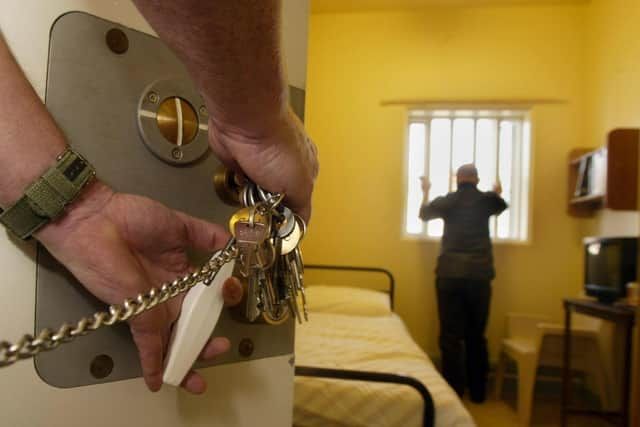We must never rejoice in falling murder figures - Karyn McCluskey
There were 37 males and 16 females unlawfully killed, with 63 people accused of homicide.
The murder rate is at an all-time low. But we should never rejoice stats in relation to murder figures. No matter how far numbers have dropped, there is a chasm of grief contained in each number. A good number to strive for would be zero, however unattainable that seems. There is no other target reduction that is acceptable.
Advertisement
Hide AdAdvertisement
Hide AdMy colleagues in Police Scotland, as always, do a sterling job in the inquiry and detecting of cases. It’s cold comfort, but critical and detailed work alongside the fabulous family liaison officers who support those whose lives are forever changed.
I was struck by some of the detail in the report and the words used. Some 97% of the accused were men and the median age was 35. In more than half the cases of women killed, the accused was their partner or ex-partner. We have far to go. For the men who died, 61% were killed by an acquaintance. Over the last 10 years, nearly 70% of all murders involved men killing men.
In truth, although the numbers have come down over the years, many of the background characteristics remain broadly similar. Male, in a house, rage, alcohol and a sharp implement.
The way statistics are coded can often seem odd. They gather information on the common reasons for committing the homicide – as if there could even be a reason. The most common reason in this last year is termed ‘rage or fury, fight and quarrel’.
Nearly half of the accused were under the influence of alcohol or/and drugs. That’s a terrifying spectre – rage, fury, booze and drugs. I have always articulated the impact of alcohol or drugs as pouring petrol on a flame. The impulsiveness, the hair trigger. Benjamin Franklin, one of the US Founding Fathers wrote a drinker’s dictionary in 1737– with a list of terms meaning drunk. One of the phrases for being drunk was ‘his head is full of bees’. Angry and aggressive.


The critical part of the work on these terrible events, is the question about what could have been done to prevent them? There will have been red flags in many and missed opportunities.
How safe are women who leave violent abusive relationships and are there enough protections and services to support them? Some 68% of the victims were reported to have been ‘drug-related’ homicide – and the nuance is lost in this broad characterisation. This can be a murder motivated by the need to obtain drugs or money for drugs, or the other more organised crime aspects of the drugs trade. Both require different preventative work – addressing addiction or identifying vulnerability or the work done by colleagues in policing tackling organised crime.
We must strive to reduce violence, have zero tolerance on domestic abuse, we must strive for better support for victims as they approach court cases – but most of all we should strive for zero homicide.
-Karyn McCluskey is chief executive of Community Justice Scotland